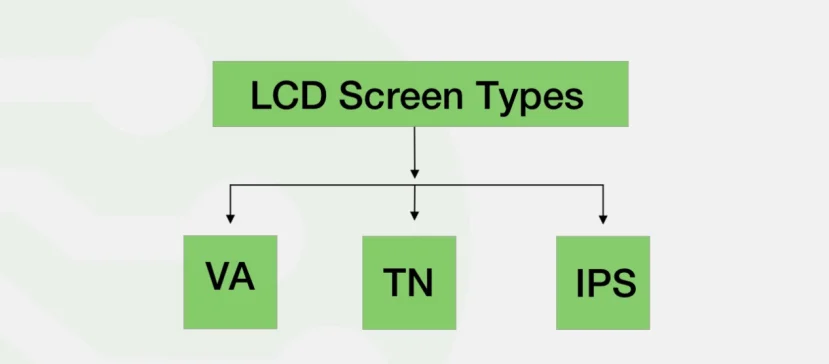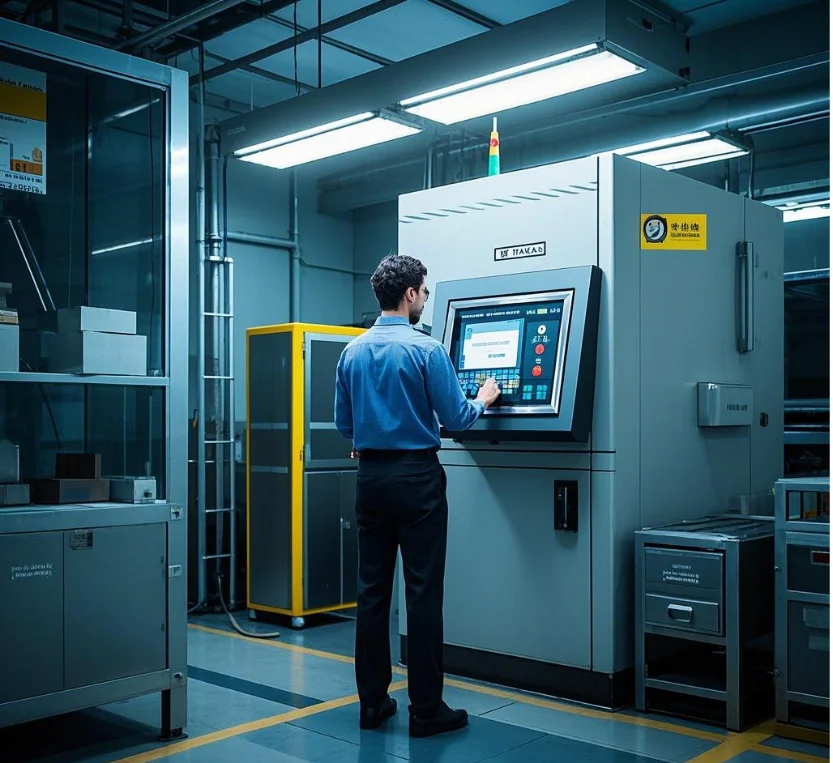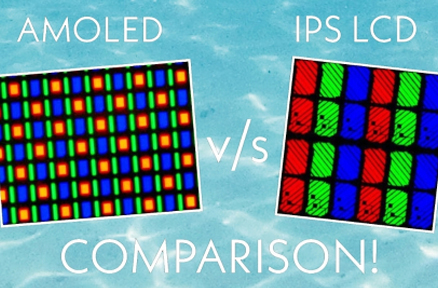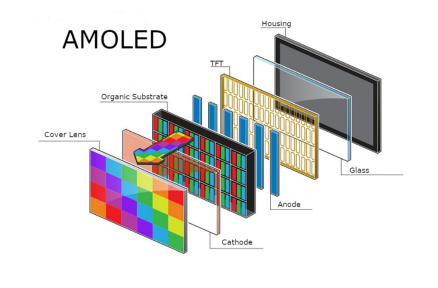Introduction to Modern Display Technologies
In today’s digital age, the screen technology in our devices plays a pivotal role in shaping user experience. The choice of display technology can greatly affect image quality, power consumption, and overall satisfaction. As consumers become more discerning, understanding the nuances between different display technologies becomes crucial.
Why Screen Technology Counts
Screen tech counts because it shapes how we see stuff. Things like color truth, viewing sides, and brightness levels all play a part. They decide how well visuals get across. For pros like graphic artists or video cutters who need spot-on colors and clear views, the right screen tech can really lift their work.
Kadi Display’s Know-How
Kadi Display has made a name as a top China display manufacturer in custom IPS Display and OLED Display fixes. They focus on handing out sharp visuals that fit what clients want. Kadi Display’s skills make sure you get the best screen pick for any job.
Understanding IPS Display Technology
IPS (In-Plane Switching) is a kind of LCD (Liquid Crystal Display) tech loved for its great color and wide viewing sides. You’ll spot it in monitors, phones, and tablets.
How IPS LCDs Work
IPS LCDs line up liquid crystals side by side to churn out bright colors. They keep pictures steady from all angles. This setup lets light spread even, unlike old-school LCDs. It gives better color truth and less twist when you look from the side.
Strengths of IPS Displays
A top perk of IPS displays is their dead-on color game. They cover more colors than lots of other screens, perfect for jobs needing exact matches. Plus, IPS displays hold steady pictures at wide angles. You can peek from different spots without big shifts in color or shade.
Limitations of IPS
Even with perks, IPS displays have downsides. They’re slower to react than tech like TN (Twisted Nematic) panels. This can blur fast action or games. Also, IPS displays eat more juice than some screens since they need a backlight all the time.
Decoding OLED Display Technology
OLED (Organic Light Emitting Diode) takes a fresh tack at screen tech with organic bits that glow when zapped with power. This self-lighting trait sets OLEDs apart from regular LCDs that lean on backlights.
The Science Behind OLED
OLED’s trick is organic bits that light up with a jolt. Each dot in an OLED display is its own lamp. That means true dark spots since dots can shut off fully. You get higher contrast and punchier colors than LCDs.
Advantages of OLED
OLED displays get praise for deep darks and bold contrast. They can kill off single dots completely, boosting picture depth and realness. Also, OLED screens snap back faster than most LCDs. That’s great for lively stuff like games or wild videos. Their bendy build opens doors to cool shapes like curved or fold-up screens.
Challenges with OLED
OLED tech brings tons of good, but it’s got hiccups too. Burn-in can hit where still pics leave lasting marks over time. Plus, OLED panels cost more to whip up than regular LCDs. That’s due to tricky making steps and pricier stuff.
By getting these gaps between IPS and OLED through Kadi Display’s custom know-how, folks can pick smart based on their habits and cash limits.
Head-to-Head Comparison: IPS vs. OLED
Color Performance
Color performance is a big deal when sizing up IPS and OLED displays. IPS displays shine for true-to-life colors and a broad color range. That suits tasks needing exact color fits, like design or photo tweaks. Meanwhile, OLED displays pop with vivid hues and high pop. They give a wow look. But OLED color truth can slip with burn-in down the road.
Brightness and Contrast
Brightness and contrast matter for seeing in all kinds of light. IPS displays pump out strong brightness with their backlights. They work well in sunny spots. But they lag in contrast next to OLEDs. OLED displays nail contrast since they shut off dots fully. You get true blacks and endless contrast. This perk lifts depth, especially in dim rooms.
Durability and Lifespan
How long screens last and hold up is key when picking IPS or OLED displays. IPS panels stick around and dodge burn-in woes, making them trusty for the long haul. On the flip side, OLED displays bring top visuals but might face burn-in after long stretches of still stuff. Makers are beefing up OLED toughness, but it’s still something to mull over.
Energy Efficiency
Power use splits IPS from OLED tech too. IPS displays chew more energy since their backlight stays on across the whole screen. OLEDs save juice though. Each dot lights itself, so only live dots pull power. This self-glow trick cuts energy on dark pics or big black chunks.
Cost Considerations
Cash plays a big role in choosing IPS or OLED tech. IPS displays usually cost less to make and are all over. They give solid bang for buck where money’s tight without skimping much on quality. OLED displays lean pricier though. Tricky making and material costs bump them up. But they deliver killer visuals that can make the price worth it for folks chasing top-tier looks.
Choosing the Right Display for Your Needs
Industry-Specific Tips
Picking the right screen tech hinges on what your field needs. Say, graphic pros or video editors might lean toward IPS displays for steady color across angles. Gamers or movie buffs could go OLED instead. Fast snap-backs and high contrast amp up the thrill.
In spots like stores or public signs where screens run nonstop in all lights, IPS panels might win. They hold up against burn-in despite lower contrast than OLEDs.
Custom Solutions by Kadi Display
Kadi Display rocks at custom fixes that match all sorts of client wants across fields. They tweak both IPS Display and OLED Display services. Their skills make sure you get screens built around how you use them, balancing cost with the look you’re after.
FAQs
What are the main differences between IPS and OLED displays?
The big gaps are in how they make pics. IPS uses liquid crystals with backlights for steady color at wide sides. OLED uses organic bits glowing per dot for deep blacks and bold hues.
Do all devices support both IPS and OLED displays technologies?
Not always. It depends on gadget blueprints, so peek at product specs before buying.
How does energy consumption compare between IPS and OLED displays?
Roughly, IPS eats more power with steady backlighting. OLED’s self-glow can save energy, especially on dark stuff.
Are there any long-term risks associated with using IPS and OLED displays?
Yeah, burn-in can hit OLEDs with long still-pic runs, mostly older or some newer ones. Tech’s getting better at dodging this though.
Latest Blog & News
- How to Choose the Best HMI Touch Screen Panel
- How to Select the Right Screen Ratio and Resolution for Industrial Touch Screens and Monitors
- How to Distinguish the Viewing Angles of LCD Displays
- Tips for Using Touch Screen OLED Display for Raspberry Pi
- OLED vs IPS LCD Display: Which Screen Technology Is Better?











